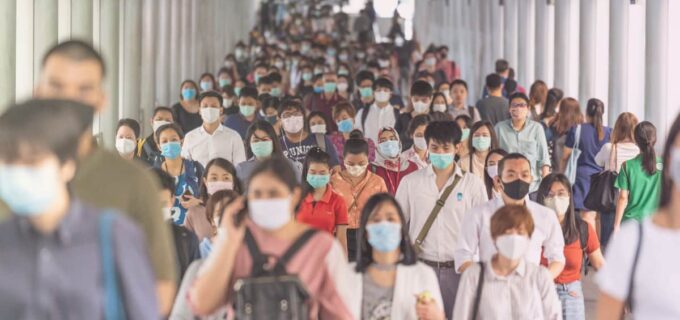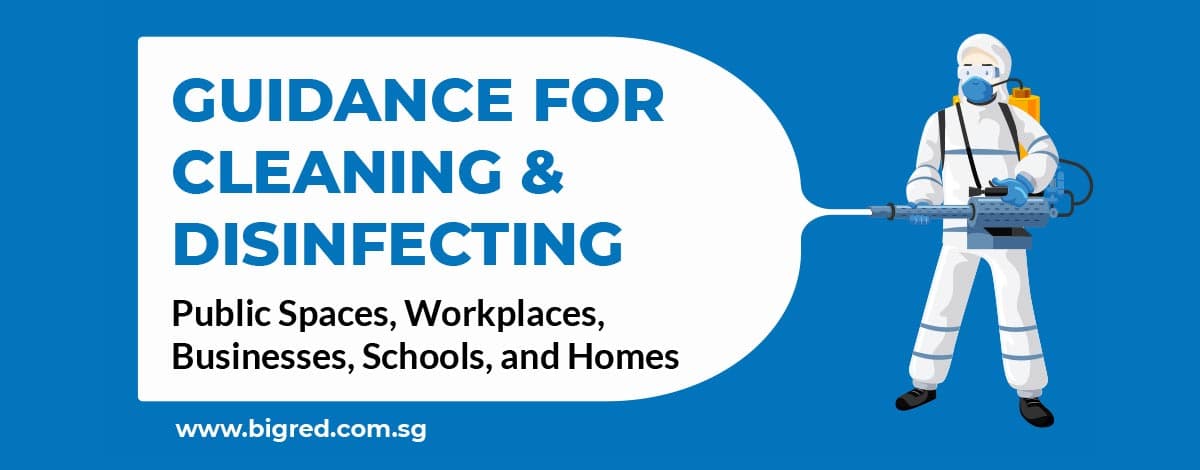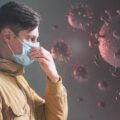Recently, the United States Centers for Disease Control and Prevention (CDC) updated their website to reflect the latest knowledge and understanding on the ways the Covid-19 virus successfully spreads from person to person and the means that can be employed to effectively control it. Whilst the publication reiterates much that we already know, it also confirms some more recent discoveries about the virus and its modes of transmission, for example, it confirms that the virus can indeed spread very easily from one person to another who is in close physical proximity (within 2 metres of each other). It also suggests that individuals who are infected yet asymptomatic are can also spread the virus easily. Some of the CDC publications highlights are summarised below as simple questions and answers:
Question: How easily does the Covid-19 virus spread from person to person?
Answer: The ease with which an infectious virus can spread from one person to another varies. The Covid-19 virus appears to spread more efficiently than the ordinary flu virus but is not as contagious as the measles virus.
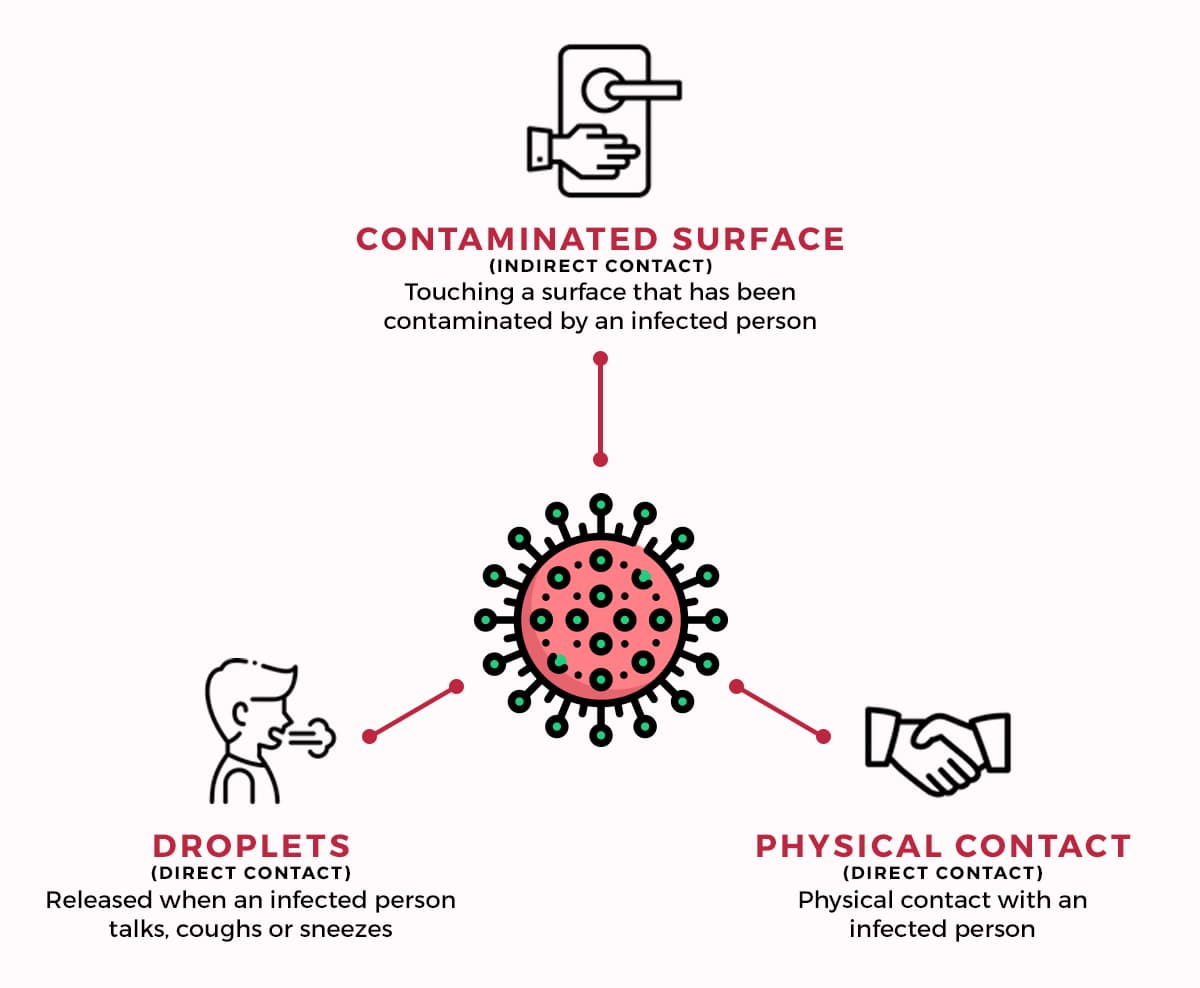
Q: How does close proximity affect the spread of the Covid-19 virus?
A: People that within close proximity (within 2 metres) or are in any form of direct contact with an individual with Covid-19 are at the highest risk of contagion and infection. When Covid-19 positive individuals talk, sing, shout, cough or sneeze they generate airborne respiratory droplets which will contain contagious and infectious viral particles. The droplets themselves will vary in size from those that are visible to the naked eye to others which are microscopic in size, these very of small droplets may also lead to the creation of airborne microscopic particles when they dry in the ambient airstream. Whilst larger droplets will fall to the floor or come to be deposited on other surfaces quite rapidly due to gravity, the smaller droplets or particles may remain suspended in the air for hours or even days.
Infection occurs when respiratory droplets or particles are either inhaled or transferred by hands to the mucous membranes that line the nose and mouth. Also, both with the passing of time and the further the distance the airborne droplets or particles travel from the person with Covid-19, so the chances of contagion and infection also decrease.
Q: What factors influence the airborne spread of the Covid-19 virus?
A: One of the primary transmission routes of the Covid-19 virus is by airborne droplets or viral particles suspended in the air. These droplets and particles may vary in size and the smaller the size, the longer they will be able to remain suspended in the air currents. These smaller infectious droplets and particles are able to infect other people who are further than 2 metres away from the person who is infected and certainly after the infected person has moved away from that space. This mode of contagion and infection is known in medical circles as Airborne Transmission and is also how other communicable diseases such as Chicken Pox, Measles and Pulmonary Tuberculosis are spread.
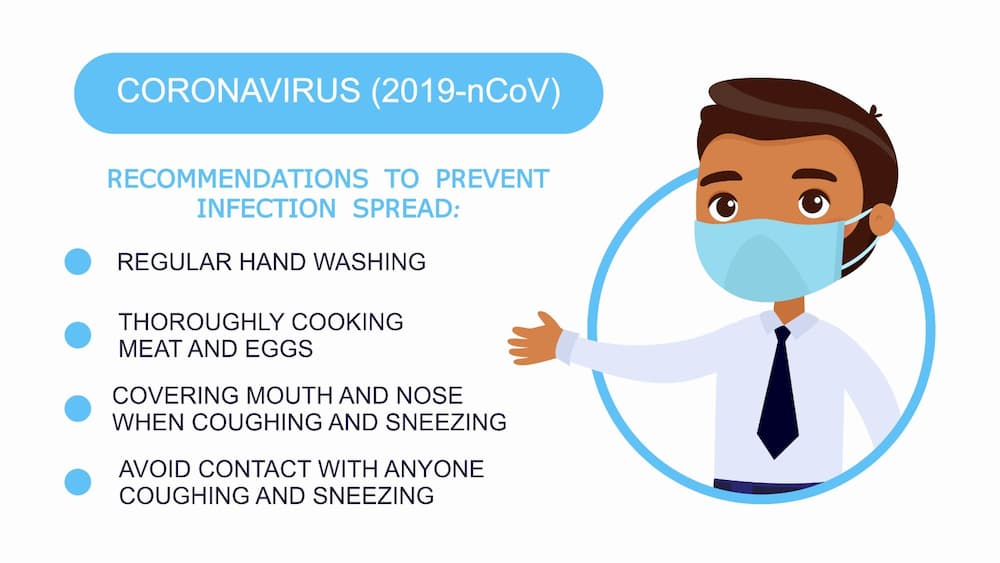
Q: What is the most recent evidence telling us about the airborne spread of the Covid-19 virus?
A: The most recent empirical epidemiological data indicates that people with the Covid-19 virus are certainly capable of infecting people who are situated more than 2 metres away from them. In almost all the documented cases, these airborne transmissions occurred within relatively confined spaces with sub-optimal levels of ventilation. Additionally, the evidence points toward the infection rate being higher if the infected person was shouting, singing, talking loudly or breathing heavily from physical exertion.
Under such conditions, the scientific data is indicating that infectious droplets and particles of a smaller size are produced in sufficiently large concentrations to spread the virus to other people even after the original infected party has left the space. This is primarily due to the fact that the smaller the droplet or particle the longer it can remain suspended in the air and therefore, the more easily it can be respired by others. However, the data is still indicating
that it is more common for the Covid-19 virus to be spread by close contact than remote airborne transmission.
Q: Can the Covid-19 virus be spread via contaminated surfaces?
A: There is indeed empirical evidence to support the possibility that previously airborne respiratory droplets and particles containing the Covid-19 virus can go on to contaminate that surface and that another person could become infected by touching a contaminated surface or object and then transferring it to their own nose, mouth or eyes through touching.
Q: In light of the most recent evidence, what is the best way to protect yourself from infection by the Covid-19 virus?
A: The simple most effective advice to prevent becoming infected is to avoid being exposed to the virus by taking the following simple precautions:
- Always remain at least two metres away from other people, particularly non family members whenever possible and practicable. The closer the contact the higher the probability of infection.
- Always cover your mouth and nose with a proper mask when in public or shared spaces, especially confined indoor locations, this not only helps to protect yourself from infection but also significantly reduces the risk of airborne transmission of the Covid-19 virus to others.
- Proactively try to avoid interaction or proximity with other people in crowded indoor spaces. The risk of airborne transmission is significantly reduced by being outdoors or in well ventilated spaces. In all cases, remaining distant from others is the best protection for them as well as yourself.
- Frequent habitual hand sanitising and hand washing is a pre-requisite to preventing the transmission of the Covid-19 virus. Similarly, routinely clean and disinfect all frequently touched surfaces.
Related Posts
- What steps you can take to prevent SARS-CoV-2 cross contamination in your premises
- See how SARS-CoV-2 survives and spread
